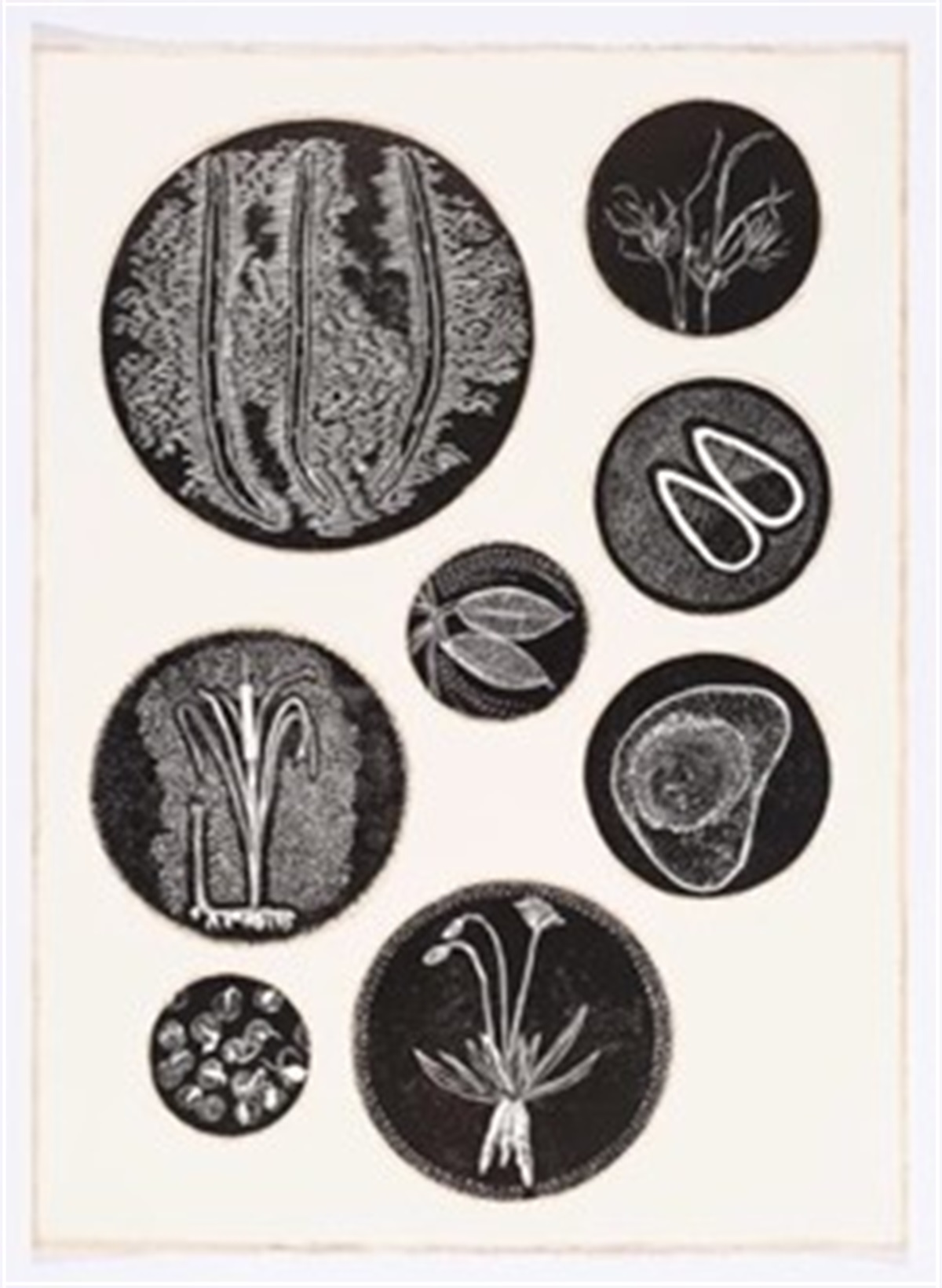WHO launches today the first ever list of priority paediatric formulations for antibiotics so that more targeted research and development efforts can address the specific needs of infants and children. The scope of this work was to identify antibiotics with an approved paediatric indication for which age-appropriate formulations are missing and that need to be given priority for development. These antibiotics are in the PAediatric Drug Optimization (PADO) priority list and paediatric formulations should be investigated and developed with a time horizon of 3-5 years. The exercise also identified antibiotics under clinical development or approved antibiotics without a pediatric indication to be given priority for further development in children. These antibiotics are in the PADO watch list, and pediatric indications should be studied with a time horizon of 5-10 years.
Bacterial infections, especially pneumonia, neonatal sepsis, and gastrointestinal infections, remain leading causes of infectious mortality among children younger than five years worldwide [1]. Despite the existence of many different classes of antibiotics, multiple challenges exist in treating children with bacterial infections, including lack of access to existing medicines and to high-quality microbiology laboratory services, especially in low- and middle-income countries. “Defining the antibiotic priorities for children is vital: the development of medicines for children lags unacceptably behind that for adults. Antimicrobial resistance complicates this even further. WHO has declared AMR a top 10 global public health threat and is working quickly with partners to combat it -from defining essential targets, raising awareness to surveillance and guidelines.” emphasizes Hanan Balkhy, Assistant Director general of WHO’s AMR division.
The lack of investment and poor clinical trial infrastructure for antibiotic research in general, and in particular for studies undertaken in children, further exacerbates the situation. The annual WHO pipeline analysis shows a decline in the number antibiotics under development from 31 in 2017 down to 27 in 2021 [2]. In the preclinical stage – before clinical trials can start – the number of products has remained relatively constant over the last 3 years [3].
Across disease areas, the development of medicines for children lags unacceptably behind that for adults by nearly a decade [4] due to limited investments and lack of market incentives among other reasons. Following the resolution at the 69th World Health Assembly on promoting innovation and access to quality, safe, efficacious and affordable medicines for children, WHO and partners in the Global Accelerator for Paediatric Formulations Network (GAP-f) have increased their efforts to deliver on this global commitment and have scaled up activities to ensure that age-appropriate formulations are available for children [5].
“Priority-setting is the first step to enable a more targeted and efficient approach to research and development,” says Prof John Reeder ai Chief Scientist at WHO. Developing a prioritized medicine portfolio of the most needed formulations for children is essential to streamline researchers’ and suppliers’ efforts and resources around formulations that address the most urgent needs for children. Today appropriate paediatric formulations are generally lacking across the entire clinical pipeline [2].
WHO’s PADO work [6] to identify key priority products and their preferred product characteristics for research and development has been successfully undertaken for HIV, hepatitis C and tuberculosis, demonstrating their potential and impact to accelerate access to optimal formulations in the context of fragmented, small markets for medicines for children.
The PADO list for antibiotics launched today includes a priority list with three legacy antibiotics that already have a paediatric indication but for which an optimal formulation is missing: amoxicillin-clavulanate, azithromycin and nitrofurantoin. Additionally, cefiderocol, a reserve antibiotic for the treatment of infections caused by multidrug-resistant bacteria in adults, is still under investigation for use in infants and children. Two antibiotics, cefepime-taniborbactam and sulbactam-durlobactam, were included in the PADO watch list to promote the faster investigation of these promising products as clinical development in adults progresses. Key research priorities to inform the development and use of these antibiotics were also identified and are summarized in the meeting report that can be found here.
Urgent and concerted investment in research and development of better paediatric formulations of priority antibiotics is needed to accelerate actions towards more equitable access to appropriate treatment for bacterial infections globally.
[1] Global burden of disease study 2019. Seattle: Institute for Health Metrics and Evaluation; 2019 (https://ghdx.healthdata.org/gbd-2019, accessed 30 January 2023)
[2] 2021 Antibacterial agents in clinical and preclinical development: an overview and analysis.
[3] Lack of innovation set to undermine antibiotic performance and health gains.
[4] Shaping the global innovation and access landscape for better paediatric medicines. Geneva: World Health Organization; 2022 (https:// apps.who.int/iris/handle/10665/352200, accessed 30 January 2023).
[5] Resolution WHA69.20. Promoting innovation and access to quality, safe, efficacious and affordable medicines for children. Geneva: World Health Organization; 2016 (https://apps.who.int/ iris/handle/10665/252800, accessed 30 January 2023).
[6] Paediatric drug optimization standard procedure. Geneva: World Health Organization; 2021 https://apps.who.int/iris/handle/10665/349315, accessed 30 January 2023).







